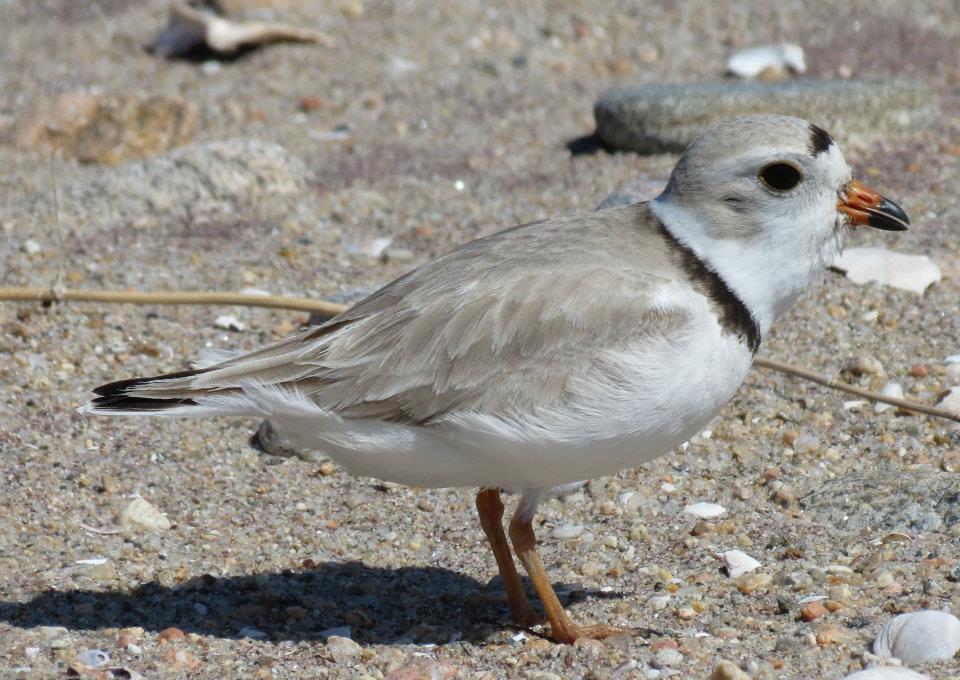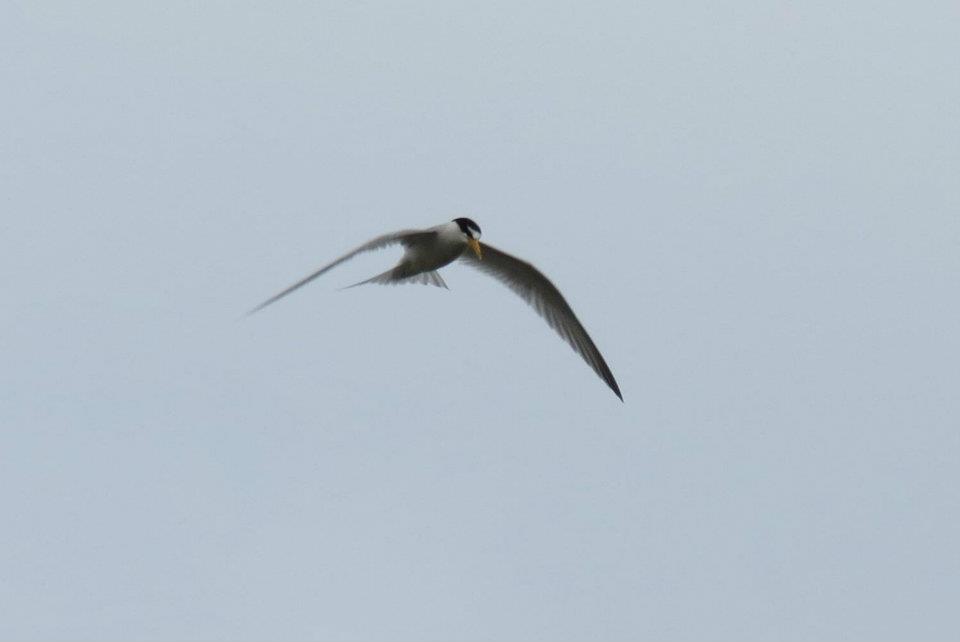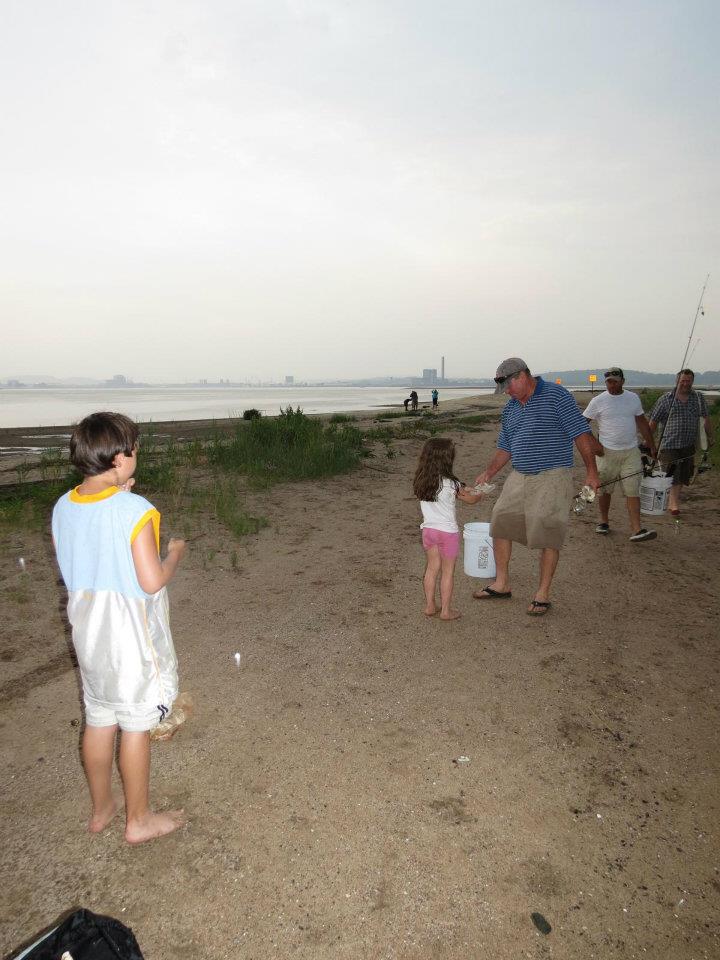This summer, an alliance of Connecticut conservationists are joining together to provide increased protection for vulnerable beach-nesting birds along the shores of Long Island Sound.
The Audubon Alliance for Coastal Water birds is working with the Stewart B. McKinney National Wildlife Refuge (NWR), the U.S. Fish and Wildlife Service’s (USFWS) Coastal Program, and the Connecticut Department of Energy and Environmental Protection to coordinate dozens of volunteers monitoring at-risk species, such as Piping Plovers and Least Terns, and educating the public about helping to protect these rare birds that nest along our coast.

Audubon Connecticut, the state organization of the National Audubon Society, and the Connecticut Audubon Society, an independent conservation organization, are partnering in this exciting new effort. Both Audubons already work to conserve and improve wildlife habitats on Long Island Sound; the Alliance supports and expands their collaboration on DEEP and USFWS species protection efforts.
Piping Plovers (listed as a threatened species by the federal and state governments), Least Terns, American Oystercatchers (both state-threatened species), and other vulnerable species use Connecticut’s beaches during migration and for nesting and raising their young. They face tough odds safeguarding their eggs and nestlings from high tides, predators, and throngs of beach-goers and boaters.

In addition to patrolling beaches, Alliance volunteers and staff are monitoring herons, egrets and other birds that nest on Long Island Sound’s islands and documenting stopover areas for migratory shorebirds. Already this summer, volunteers have seen Piping Plovers, American Oystercatchers, Least Terns, Common Terns, and Black Skimmers. Volunteers also spotted some less common birds, including a Black Tern in Milford and Stratford, two Gull-billed Terns at Milford Point, a Bufflehead in Milford, and a Common Eider and Black Skimmers in Norwalk.

Coastal birds present particular conservation challenges. These birds need our beaches during the busiest time of year – summer. Alliance volunteers can help in a variety of ways. Regular volunteers take a training course at the beginning of the season on how to monitor Piping Plovers specifically. Training is also offered to new volunteers that come on board mid-season. Additionally, volunteers can also help by counting migrating shorebirds through the Manomet International Shorebird Survey Program. Volunteers can also help at special events to keep people out of closed areas on beaches.

Residents can also help on a daily basis without being a volunteer. With a few simple precautions, people and wildlife can share the beach successfully including:
- Respect closed areas
- Leave your dogs at home or make sure they are leashed when visiting a beach with beach-nesting birds
- Bring your garbage home with you to keep away potential predators
- Keep your cats indoors
- Don’t operate vehicles on beaches with nesting birds
- Leave driftwood and algae on the beaches
The Alliance is funded by a grant from the Long Island Sound Study’s Long Island Sound Futures Fund, managed by National Fish and Wildlife Foundation, with matching support from the Cross Foundation, the Community Foundation for Greater New Haven, the Jeniam Foundation and the partners.
If you are interested in volunteering for this program, please visit www.ctwaterbirds.blogspot.com or e-mail ctwaterbirds@gmail.com to find out how you can help. You can also find the Audubon Alliance on Facebook.
This guest post was written by Patrick Comins, director of bird conservation for Audubon Connecticut.
